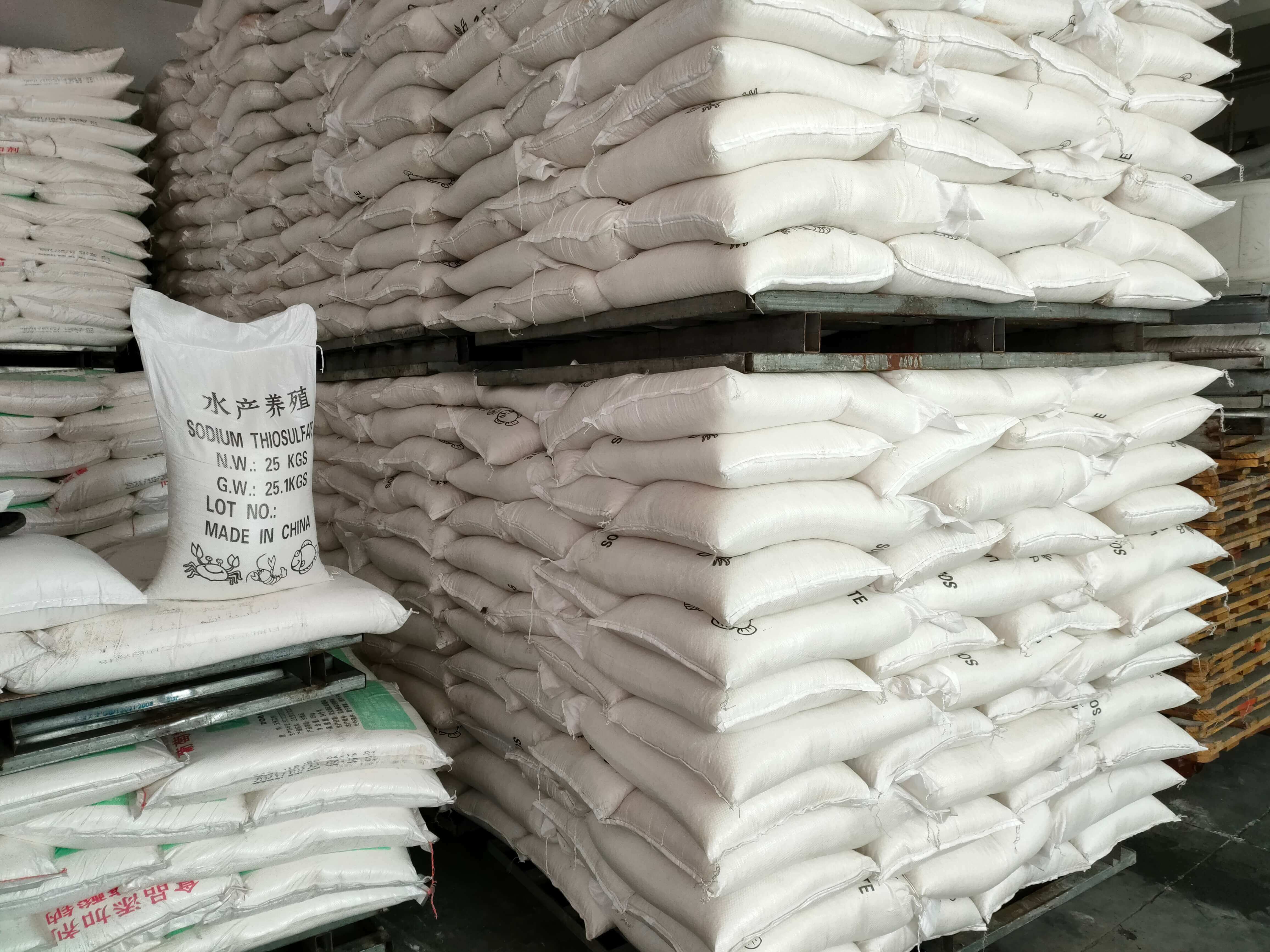作為重要的化工原料,順酐在市場上的需求量一直很大。而在順酐過程中產生的廢水給周邊環(huán)境帶來了巨大的壓力,順酐廢水處理工藝的應用在一定程度上緩解了部分的壓力。
As an important chemical raw material, maleic anhydride has been in great demand in the market. The wastewater produced in the process of maleic anhydride production has brought great pressure to the surrounding environment. The application of maleic anhydride wastewater treatment process has alleviated some of the pressure to a certain extent.
順酐過程中廢水的來源有兩個:
There are two sources of wastewater in maleic anhydride production:
(1) 苯在氧化過程中除生成順酐外,同時有部分副產物反丁烯二酸(俗名富馬酸)、飽和酸、焦油及其它碳化物等生成。因此,氧化工段部分冷凝器由于副產物聚集,而降低冷凝效果,間隔一定時間需用水清洗一次,產生部分廢水。
(1) In addition to maleic anhydride, some by-products such as fumaric acid (commonly known as fumaric acid), saturated acid, tar and other carbides are generated during the oxidation of benzene. Therefore, some condensers in the oxidation section reduce the condensation effect due to the accumulation of by-products. They need to be cleaned with water at a certain interval, resulting in some wastewater.

(2) 該工藝恒沸脫水、減壓精餾過程中有約5%順酐異構化形成富馬酸和精餾后期部分順酐殘余物出現(xiàn),每批料結束,需用水清洗塔和釜,也產生一定量的廢水,該廢水屬于高濃度有機污水,并有很強的腐蝕性,其COD在3000mg/L以上,直接排放會造成環(huán)境污染, 所以,須應用順酐廢水處理工藝將其處理好。
(2) In the process of azeotropic dehydration and vacuum distillation, about 5% of maleic anhydride is isomerized to form fumaric acid and some maleic anhydride residues appear in the later stage of distillation. At the end of each batch, water is required to clean the tower and kettle, and a certain amount of wastewater is also generated. The wastewater belongs to high concentration organic wastewater and has strong corrosivity. Its cod is more than 3000mg / L, and direct discharge will cause environmental pollution. Therefore, Maleic anhydride wastewater treatment process must be applied to treat it well.
先將待處理的含油及有機物的順酐廢水進入集中池,進行收集處理。將順酐廢水中的順丁烯二酸在60℃下,經強酸和異構劑的作用異構化成富馬酸,然后降溫冷卻,得到順酐廢水中的富馬酸與順丁烯二酸異構化的富馬酸。
Firstly, maleic anhydride wastewater containing oil and organic matter to be treated shall be sent to the centralized tank for collection and treatment. Maleic acid in maleic anhydride wastewater is isomerized into fumaric acid under the action of strong acid and isomer at 60 ℃, and then cooled to obtain fumaric acid isomerized with maleic acid in maleic anhydride wastewater.
將得到的富馬酸投入到下個反應釜中,加水升溫到110℃,富馬酸在熱水中溶解。在反應釜中投入活性炭脫色精制,經過濾溶解,再投入活性炭反復脫色兩次,然后, 降溫結晶,離心分離,干燥,可得工業(yè)級富馬酸,含量在98%以上。
Put the fumaric acid into the next reactor, add water and raise the temperature to 110 ℃, and the fumaric acid will be dissolved in hot water. Put activated carbon into the reactor for decolorization and refining, filter and dissolve it, and then put activated carbon into the reactor for repeated decolorization twice. Then, cool down, crystallize, centrifuge and dry to obtain industrial fumaric acid with a content of more than 98%.
從反應釜分出粗富馬酸的母液,加入到超臨界水氧化裝置的儲液罐,調節(jié)雙柱塞泵泵頭控制流量,進樣。用溫控儀設定砂浴加熱溫度在400~500℃,開始加熱,調節(jié)空壓機流量 4~10mL/min,向砂浴吹氣,用手動泵加上所需反應壓力20~40MPa,此條件下處理后順酐廢水的COD去除率為98%以上。
The mother liquor of crude fumaric acid is separated from the reactor and added to the liquid storage tank of supercritical water oxidation unit. The pump head of double plunger pump is adjusted to control the flow and inject samples. Use the temperature controller to set the heating temperature of the sand bath at 400 ~ 500 ℃, start heating, adjust the flow of the air compressor to 4 ~ 10ml / min, blow air to the sand bath, and use the manual pump to add the required reaction pressure of 20 ~ 40MPa. Under this condition, the COD removal rate of maleic anhydride wastewater after treatment is more than 98%.
采用這種
順酐廠家廢水處理工藝將順酐廢水中的的順丁烯二酸經過強酸與異化劑轉換成富馬酸,將富馬酸提取,可以再次利用,同時有效降低廢水COD。
Using this maleic anhydride manufacturer's wastewater treatment process, the maleic acid in maleic anhydride wastewater is converted into fumaric acid through strong acid and dissimilator. Fumaric acid is extracted, which can be reused and effectively reduce the COD of wastewater.




